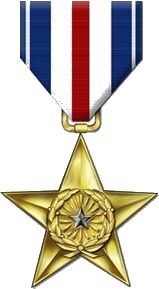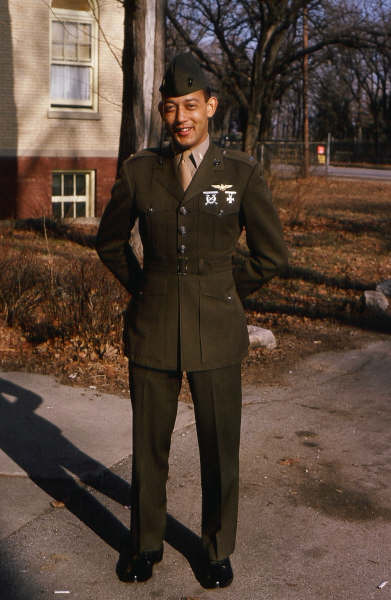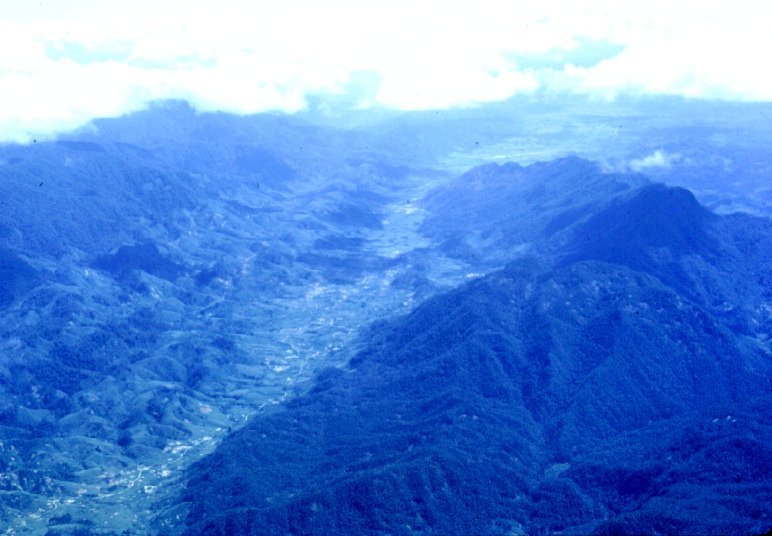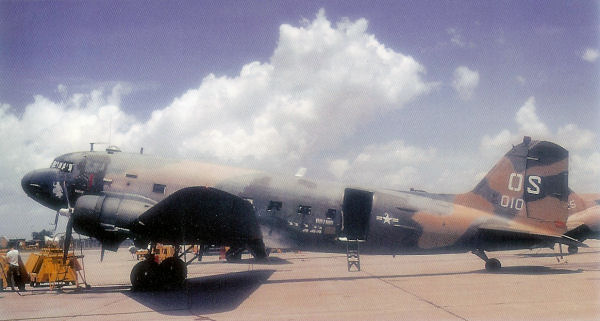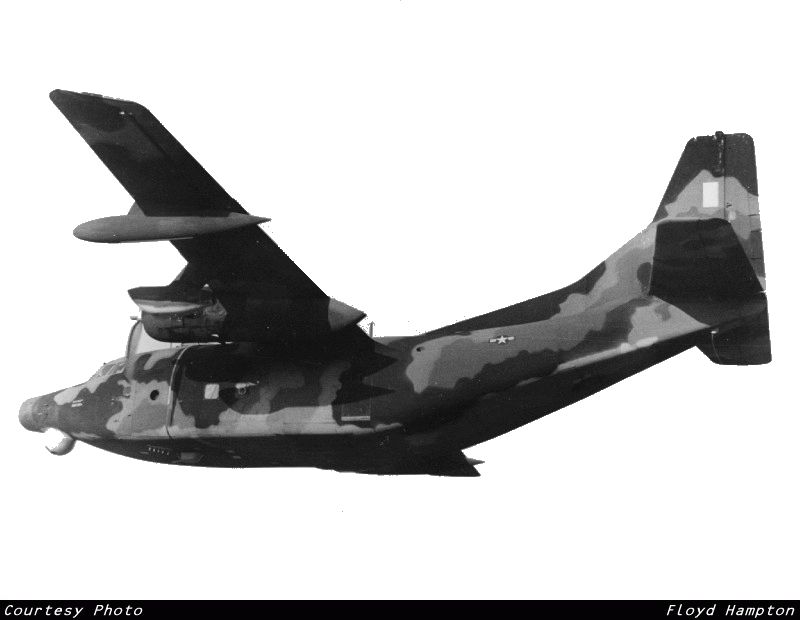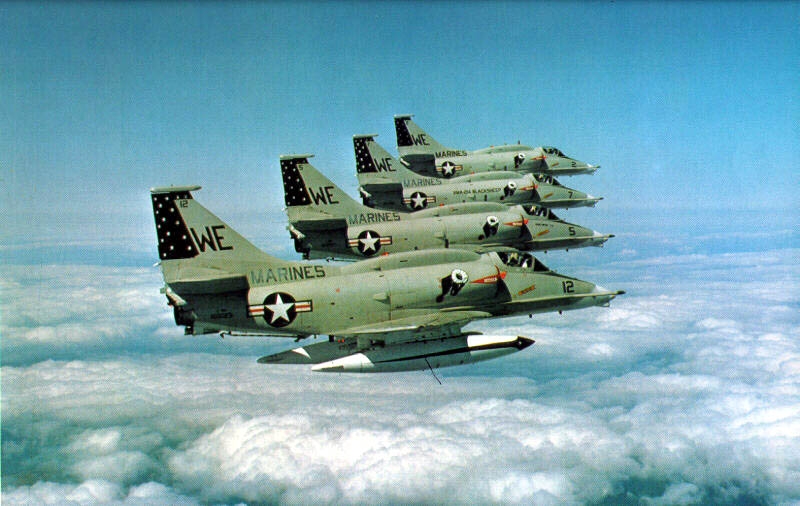Lt Augusto Maria Xavier USMCClick on the SEARCH icon and enter his number (20882) to be taken to his personal page
A Hero's Tale Retold
A decorated Macanese hero of the Vietnam war.
by Armando "Pinky" da SilvaClick on the SEARCH icon and enter his number (6177) to be taken to his personal page1
|
Lt Augusto "Gussie" Xavier USMC lost his life in Vietnam in March 1966 leading a flight of four A-4 Skyhawk fighter-bombers while assisting a beleaguered US Special Forces ("Green Berets") base camp. He was awarded the Silver Star medal for exceptional leadership and gallantry under enemy fire. Gussie was born in Hong Kong on 26 May 1941 to "Smoky" and "Tootie" Xavier. His Dad participated in the Battle of Hong Kong in December 1941 with the Hong Kong Volunteers and was interned at a PoW camp in Sendai, Japan for the duration of the Pacific War. His son Gussie was to become a war hero in a different war. In post-war Hong Kong Gussie lived in the Tsimshatsui neighborhood of Kowloon and attended La Salle College, a Christian Brothers high school. To better the lot of the Xavier family Smokey and Tootie decided to emigrate to the United States. They came on the SS President Wilson2. Gussie's first day in America came on 20 August 1955 at Honolulu, Hawaii. He was then 14 years old. |
The Xaviers settled in San Josť, California where Gussie attended Bellarmine High School, a Jesuit institution. The U.S military draft was in effect, so he enlisted in the United States Marine Corps after his high school graduation. By doing so he had the choice of the military service to serve under. Full-scale US participation in Vietnam was not yet on.
The Marine Corps saw in him a gifted natural leader. After basic boot camp training at Camp Pendleton Marine Base in southern California he went on to officer candidate school for leadership training. He chose Corps Aviation as his career specialty and took combat flight training at nearby El Toro Marine Air Station where he earned his officer's commission and his "aviator's wings".
Gussie landed with the U.S Marines at Danang, South Vietnam in 1965. The Marine Corps differed from the US Army in that it independently had its own fixed wing fighter-bombers to assist in close air-ground operations. He was assigned to the 1st Marine Air Wing at Danang and soon flew combat missions.
|
A Shau Valley is an upland valley near the junction of the borders of (the former) North and South Vietnam and Laos. It rests on the Cordillera Annamite, the backbone central mountain range running from south China through the Vietnam, Laos, and Cambodia. For centuries the upland valleys were home to various hill tribes collectively known as montaignards. Their life-styles differed from the "lowland" Vietnamese of the northern Tonkin and southern Mekong deltas and the lowland coastal plains. Thus they found in the Americans a useful ally when the North Vietnamese began to use the upland connecting trails to bring weapons and supplies to the Vietcong guerrillas in South Vietnam. A Shau Valley, about 26 miles long and about 5 miles at its widest, stood astride of these many upland trails later to be known in the singular as "The Ho Chi Minh Trail". The valley floor ranges from about 1000 to 2000 feet above sea-level. It is ringed by forested mountain peaks some topping 4000 feet. It used to be home to an old established montaignard settlement later to become a well-fortified US Special Forces base camp manned by about 20 Green Berets and about 350 montaignard irregulars. Its position camp had strategic military value for both sides. |
The North Vietnamese army waited for "crachin weather" to set in to offset superior American air power. This is early springtime weather in Vietnam when cloud ceilings are lowered, light drizzle sets in, and mountain peaks are shrouded in mist.
|
On 9 March 1966 an already well-placed crack North Vietnamese regiment of about 2500 personnel launched a massive attack on the base camp with mortar, artillery, and heavy machine gun fire as its infantry men advanced. The battle raged on all night as US Special Forces "air commando" AC-47 fixed wing gunships and AC-123 flareships dropped illuminating flares and skin-searing, wide-area damage phosphorous bombs on the attackers. The base was in danger of being overrun. The Green Berets called on the Marine Corps for very close air support. |
|
By dawn's early light of 10 March 1966, Lt Augusto Maria Xavier USMC, led a flight of four A-4 Skyhawks into the fray. Gussie faced a daunting mission: he had to fly his aircraft swiftly but deftly into heavy cloud banks shrouding mountain peaks, swoop down through a cloud ceiling of only 400 feet above ground, deposit his load of napalm bombs accurately on target, then bank his aircraft into the mountain mist for safety under heavy anti-aircraft fire. His aircraft may well have been hit during his successful bomb-run. Whatever the reason, his A-4 Skyhawk slammed into a hillside shrouded in mist some miles away from the threatened base camp under attack. His body was never recovered. He was shy two months of his 25th birthday. |
Augusto Maria Xavier's name and his date of death are enshrined at the Vietnam Veterans Memorial Wall in Washington, DC, Panel 06E, Line 001. Semper Fidelis.
1 The writer taught evening extension courses in Physical Geography and the Geography of South-east Asia for the University of Hawaii from Fall 1967 to Spring 1970 at Pearl Harbor Naval Base and Schofield Army Barracks at Oahu, Hawaii.
2 This writer was also on board and often supped with the Xaviers at the ship's dining hall.
Sources:
